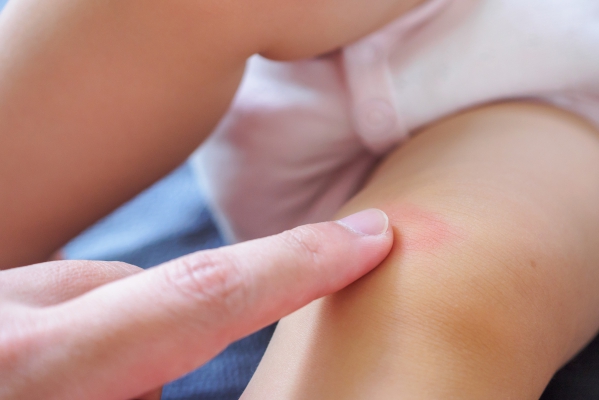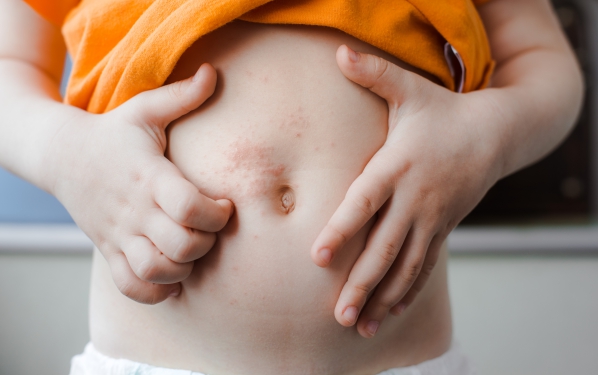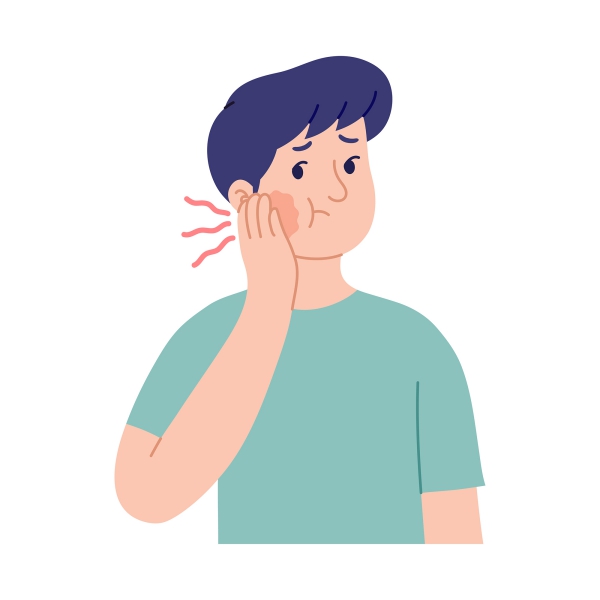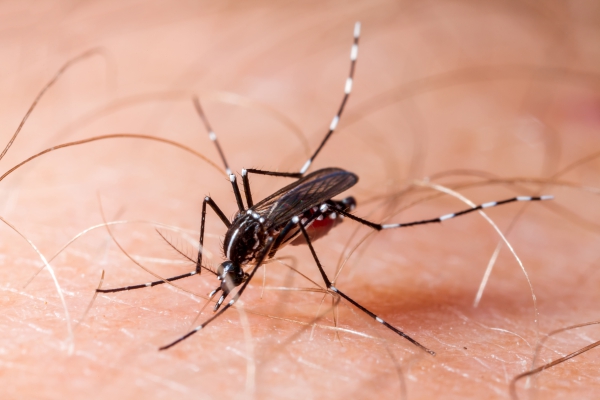What is orchitis?
Orchitis is inflammation of one or both of your testicles which may be due to a viral or bacterial infection. Most cases of orchitis are associated with viral mumps infection. Bacterial infections such as sexually transmitted infections (STI). In addition, bacterial orchitis cause epididymitis- this is inflammation of the epididymis which is a coiled tube responsible for the storage and transport of sperm at the back of the testicle. The condition is then known as epididymo-orchitis.
Orchitis may present with a swollen and tender testicle which may be associated with fever, nausea and vomiting. 14-35% of males with mumps develop orchitis and is more common in males aged between 15-29 years.
Males who are sexually active should be screened for Chlamydia trachomatis and Neisseria gonorrhoeae which are sexually transmitted infections. The treatments involves antibiotic coverage, bed rest, cold or hot pack to relieve the pain and elevation of the testicles.
What are the causes and risk factors of orchitis?
Orchitis are mainly caused by bacteria or viruses. Bacterial orchitis may occur due to:
- Congenital abnormalities in your urinary tract which makes your more prone to develop infections of your urinary tract.
- A urinary catheter being in place for a prolonged period of time.
- Insertion of medical instruments into your penis.
- Sexually transmitted infections such as Chlamydia trachomatis and Neisseria gonorrhoeae as a result of unprotected sexual intercourse and multiple sexual partners.

Viral orchitis is most commonly associated with mumps virus. Approximately one third of males affected by mumps will suffer from orchitis. Mumps is a viral infection that affects your salivary glands (saliva producing glands).
There are several other factors which may increase your risk of developing orchitis and these include:
- Having recurrent urinary tract infections.
- Not having done the mumps vaccine in childhood.
- Undergoing surgery that involves the urinary tract or genitals.
- Having a weakened immune system.
What are the signs and symptoms of orchitis?
The signs and symptoms of orchitis usually occurs abruptly and include:
- Mild to severe scrotal pain
- Swelling of one or both testicles
- Nausea
- Vomiting
- Fever
- Malaise
- Chills
- Muscle pain
- Redness of the scrotal skin
Mumps usually cause enlargement of your salivary gland (parotitis). After 4-7 days, orchitis may develop. Orchitis may be associated with inflammation of the prostate (prostatitis) as well.
There are some other diseases which may mimic orchitis and these include:
- Acute epididymitis
- Hernias
- Testicular torsion


Making a diagnosis
To make a diagnosis, your doctor will first take a detailed history from you to know more about your symptoms. After the history taking, your doctor will perform a thorough physical examination to look for signs of orchitis.
Laboratory testing is not always useful in the diagnosis of orchitis. However, in sexually active males, a sample from your genitals will be taken to be analysed in the laboratory to screen for Chlamydia trachomatis and Neisseria gonorrhoeae. Orchitis due to mumps is often diagnosed using history taking and physical examination alone.
C-reactive protein (CRP) and erythrocyte sedimentation rate (ESR) may be helpful to confirm the presence of an inflammatory process in the body.
Colour Doppler ultrasonography is the imaging of choice for the assessment of acute testicular pain. This imaging technique uses sound waves to produce an image of the inside of your testicles. Orchitis can be diagnosed using only history and physical examination. However, ultrasonography is done to rule out testicular torsion whereby blood supply to the testicle is cut off. An enlarged epididymis will point towards orchitis.
What are the treatments of orchitis?
Immediate management of orchitis involves bed rest, scrotal elevation and applying cold or hot packs to relieve the pain. If there is presence of only orchitis, the condition may resolve on its own after 3-10 days. However, if there is epididymitis as well, then antibiotic therapy will be required.

Orchitis can usually be treated as an outpatient. However, in certain cases, hospital admission is required due to:
- Signs of sepsis-spreading of the infection through your bloodstream.
- Failure of previous outpatient treatment.
- Abscess formation.
- Inability to take antibiotics orally.
The antibiotics used in the management of orchitis include:
- Ceftriaxone: This is a third generation cephalosporin which is used to treat men with orchitis, below the age of 35 years and who are sexually active.
- Doxycycline: This antibiotic is often used in combination with ceftriaxone.
- Azithromycin
- Trimethoprim/sulfamethoxazole
- Ofloxacin
What are the complications of orchitis?
If orchitis is left untreated, the following complications may ensue:
- Testicular atrophy: This is when your testicles shrink due to inflammation.
- Infertility: Impaired fertility is present in 7-3% of cases but is uncommon in cases where only one testicle is affected.
- Abscess in your scrotum: This is a collection of pus within an infected tissue in your scrotum.
- Hydrocele: This is a collection of fluids within the scrotum which occurs due to inflammation.
Prevention
Orchitis may be prevented by getting immunized against mumps as it is the most common cause of viral orchitis. Sexually active men should use protection when having sexual intercourse to help protect against sexually transmitted infections such as Chlamydia trachomatis and Neisseria gonorrhoeae.

Source:
J. Alastair, I. and Simon, M., 2016. Davidson's Essentials of Medicine. 2nd ed. London: ELSEVIER.
Parveen, K. and Michael, C., 2017. Kumar & Clarks Clinical Medicine. 9th ed. The Netherlands: ELSEVIER.
Terry, N., 2021. Orchitis: Practice Essentials.








